After acquiring two of its leading competitors, Hartzell Engine Technologies (HET) was faced with some rather complex brand questions. Should the assets be absorbed into a single corporate brand, or should they be allowed to coexist? Would the brands cannibalize each other? Also, would the customer base become jaded knowing the same company was behind both? Jajo was asked to assist with these questions.
What’s in a Brand Name?
The first challenge was evaluating the market position of the new assets against HET’s. Despite their own premium classification, Plane-Power and Sky-Tec were undoubtedly considered more mainstream products. We could choose to disrupt them, but to dismantle decades of equity seemed impetuous. Leveraging their names would not dilute product perception, but rather create an opportunity for restructuring under one powerhouse.
Hierarchy Worth Building
Establishing a brand architecture to improve the customer’s experience was needed. Companies can choose to expand by introducing additional brands along existing ones, but there are benefits to having a smaller portfolio. Simplification makes brand associations more accessible. The customer journey can become muddled when multiple brand offerings share values too similar.
Keeping in mind the customer could experience a host of products, we began the groundwork for building a relationship methodology.
“The customer journey can become muddled when multiple brand offerings share values too similar.”
Since our brand architecture strategy included the possibility of product line consolidation, we weighed the outcomes of various relationships. An acceptable level of corporate visibility had to be determined. It was decided a free-standing architecture with segregated product types would best represent the business. From this, the process of name development resulted in the siblings: Fuelcraft, AeroForce and JanitrolAero.
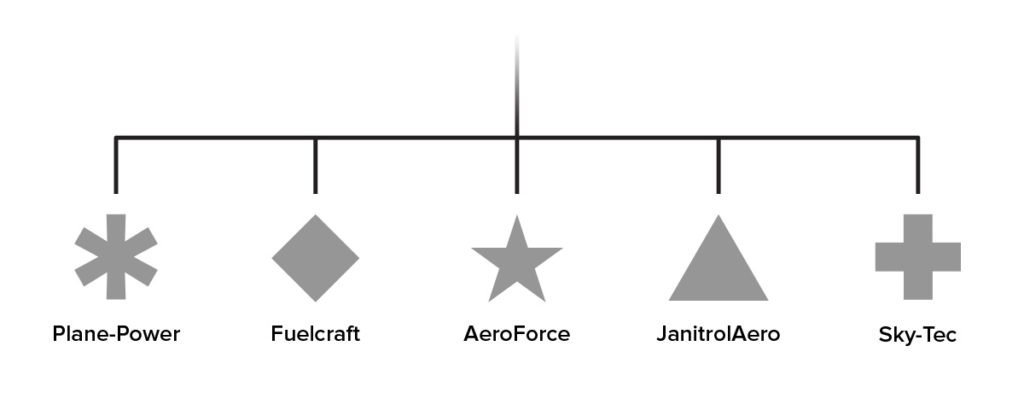
Each product category (alternators, fuel pumps, turbochargers, cabin heaters and starters) now had the ability to chart a unique course. Consequently, this direction proved most favorable for the two veteran brands while the freshly birthed were staged for full identity explorations.
Developing a Brand Identity
Whether you are updating a logo or creating one from scratch, a logo’s purpose is to encompass a brand succinctly. It can denote the essence and, often times, form a subconscious brand association with color. For Plane-Power and Sky-Tec, overstepping a design modification could have adverse effects on customer loyalty, raising the question, “If the logo changed, what else changed?”
We intentionally crafted marks capable of existing cohesively side by side. Common physical traits were integrated for the ease of application. This was beneficial for items as radically polar as apparel embroidery and product castings. Jajo needed to ensure, above all, that consistency could be repeated for any medium.
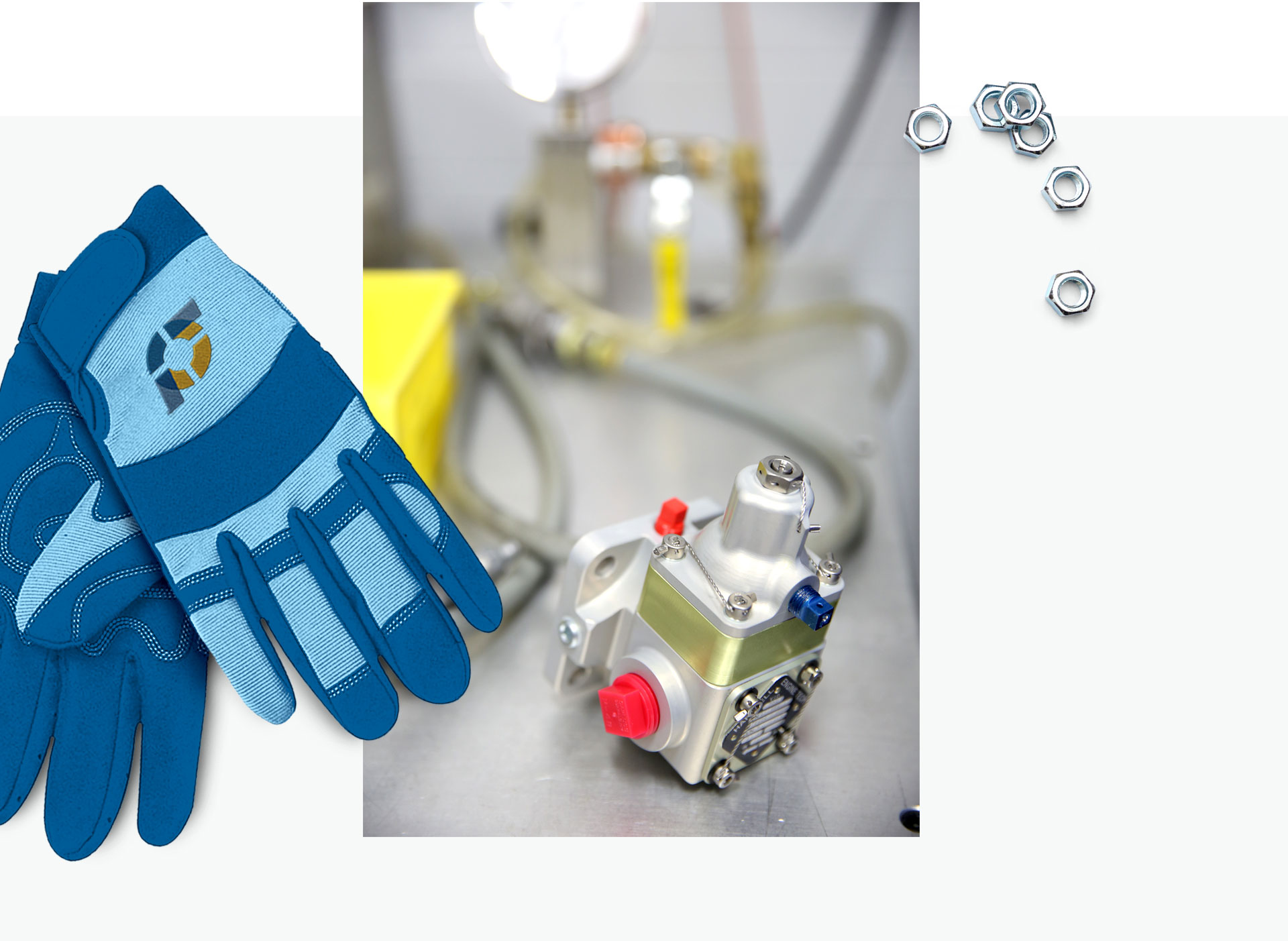
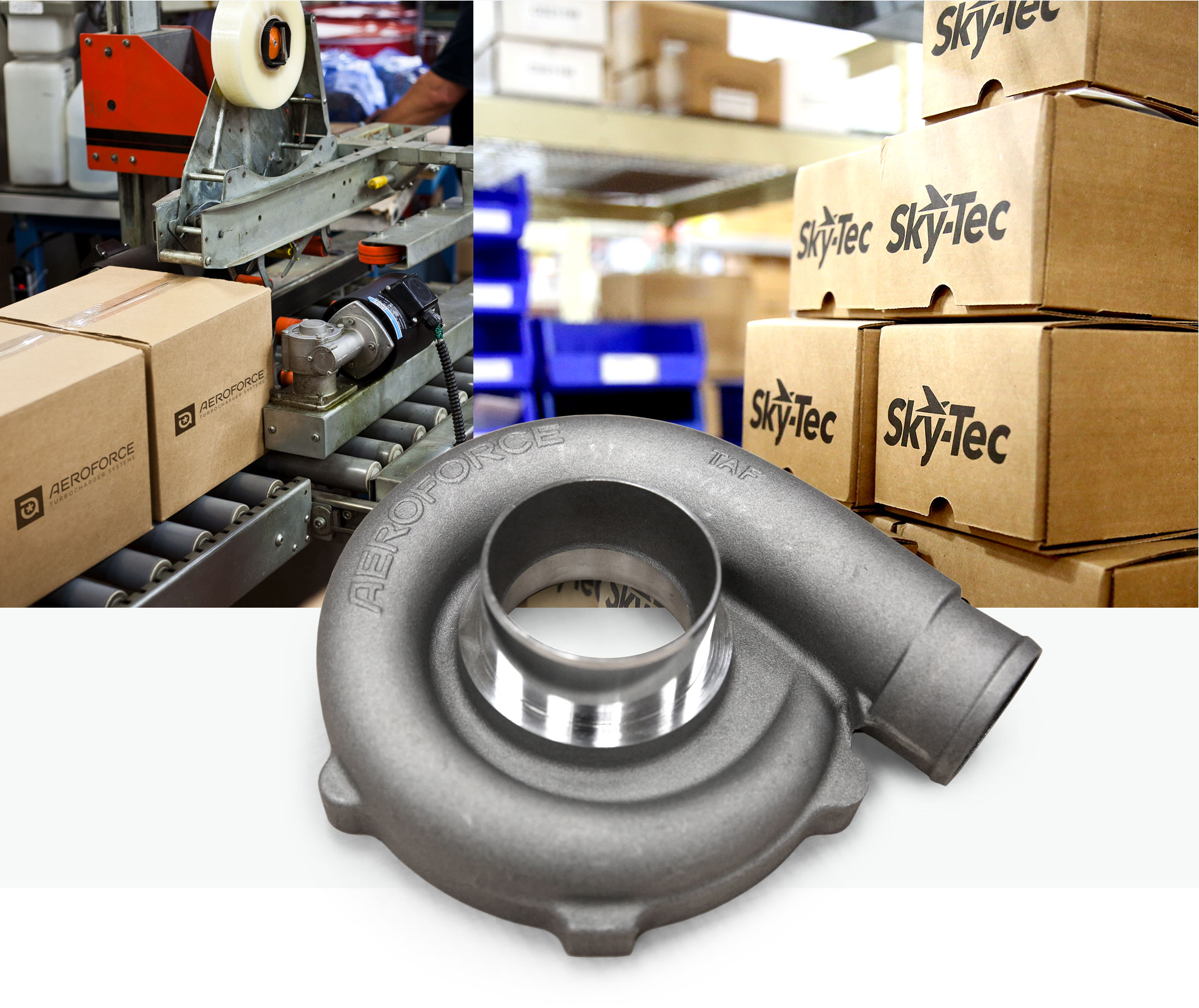
Branding in the Digital Landscape
With the identities completely resolved, they needed to thrive in digital spaces. Each brand became accessible through the corporate website’s reframed existence as a portal. A multi-site construction was used to compress the development timeline. High-performing SEO tactics helped the unknown brand names climb the search rankings. Social channels were revamped. Advertising became segregated, incorporating campaigns respective to each web domain — an advantage for tracking audiences more granularly. Overall, the online presence was coming together.
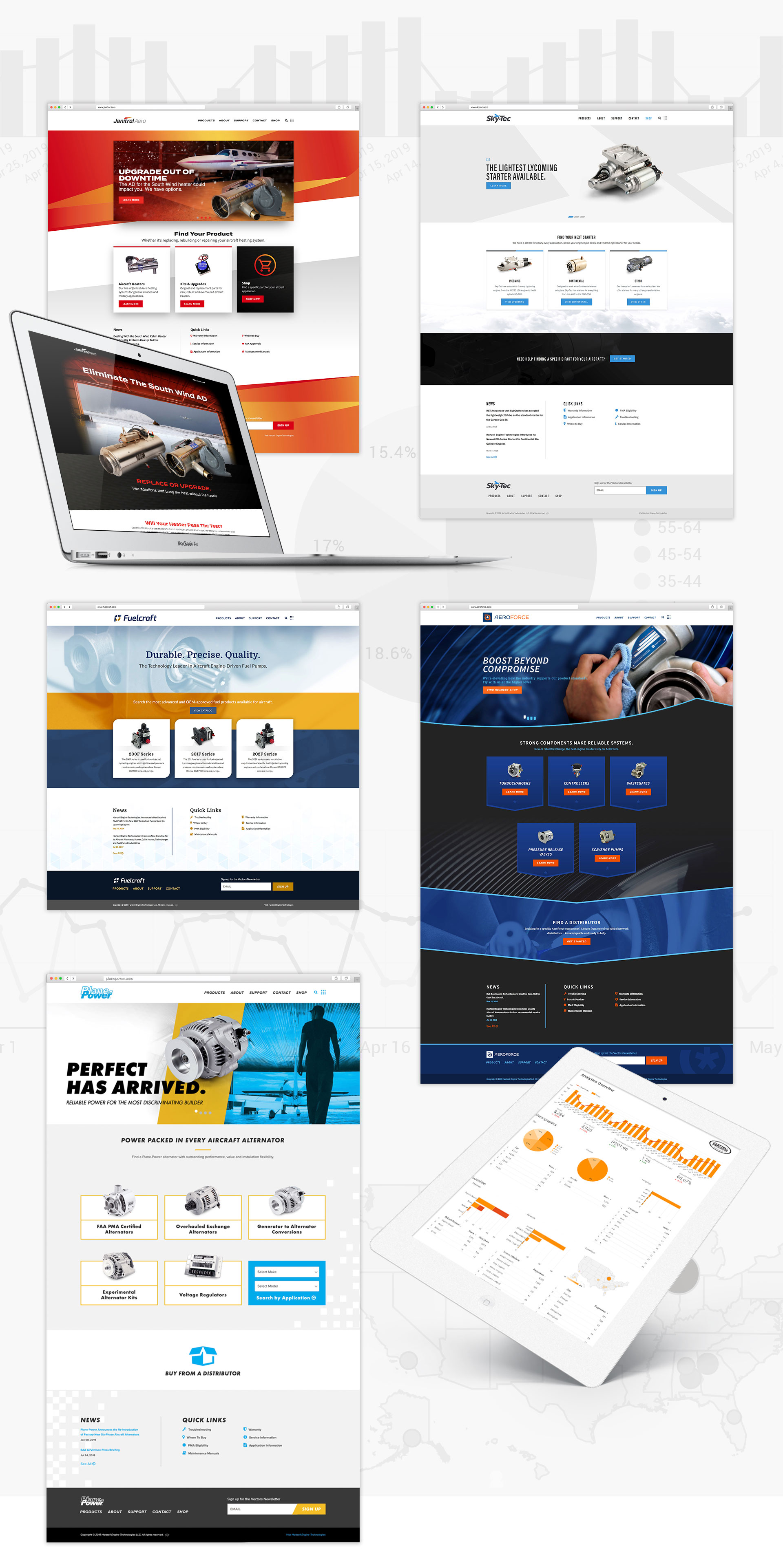
Sharing the Brand Message
Individual brand recognition was increasing but they still required a public explanation of the common thread. They were to be introduced as the new faces of the former brand. At the same time, their customers and distributors needed reassurance that the mothership wasn’t going anywhere. Its entire reputation for manufacturing top-shelf products remained but was now intrinsic to the brands. The brand architecture announcement was broadcast to an audience of over 500,000 from 80 countries during the world’s greatest general aviation event, AirVenture — the perfect venue.
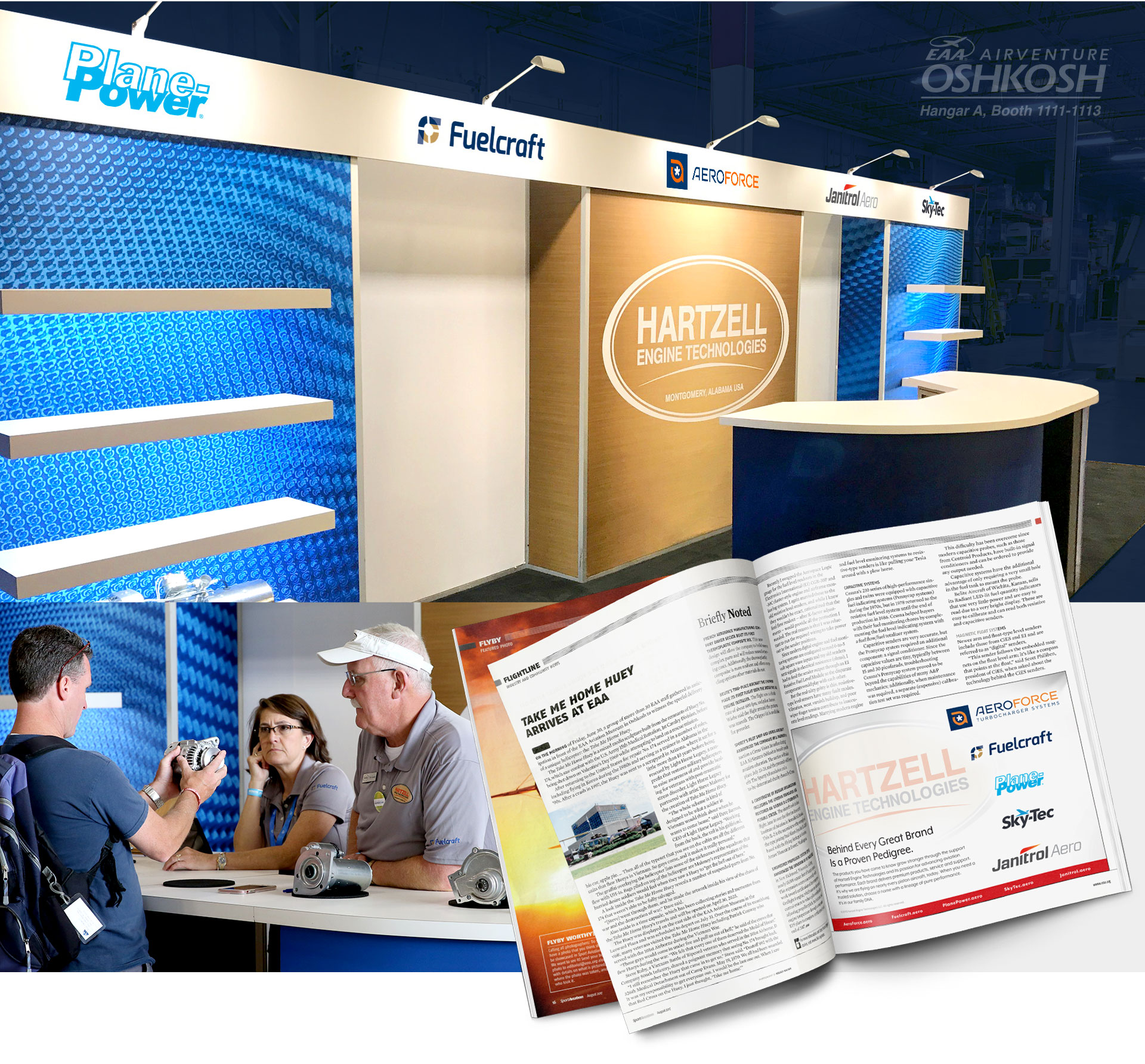
Why Brand Architecture?
When a business grows, earmarks of its success are attributed to good planning. Complications from product or service diversity can quickly entwine a business without it. But a well-planned foundation is future-proof and will provide clarity for customers and employees alike. Brands that live together must grow together beginning from the inside out. And in this case, HET feels the evolution fits them well. We would agree.